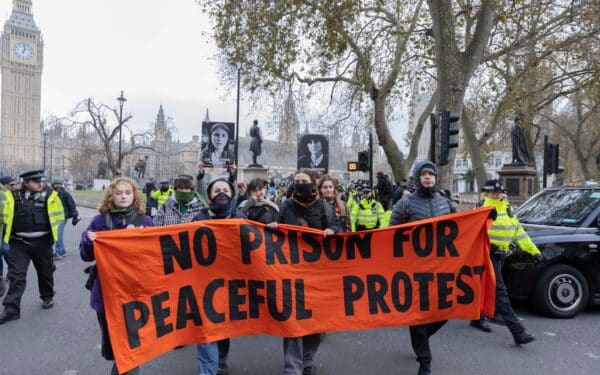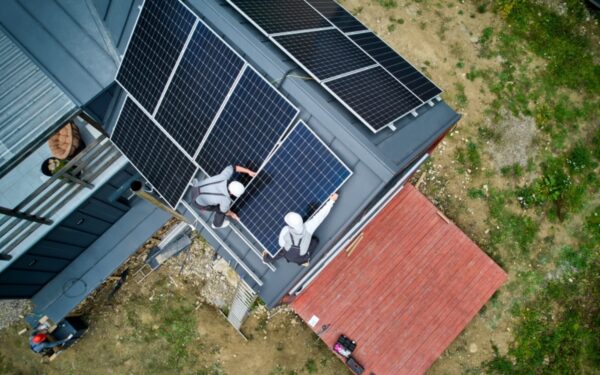Rishi Sunak has returned from spin classes and Taylor Swift concerts in California to a full plate of problems and concerns. It was ever thus for Prime Ministers but as Sunak tosses and turns and wonders whether posing as a hard man in the culture wars is really his style, he has two more concerns to contend with that he may have thought had been dealt with. Of course, these are the Scylla and Charybdis of governments all over the world: oil prices and gas prices both of which have been moving in the wrong direction in recent weeks.
On the face of it, neither the gas nor oil price at current levels presents a major issue. Oil is trading at $84 a barrel which is a decent increase on where the price got to earlier this summer when it slipped below $70 a barrel but it’s nowhere near the spikes above $120 a barrel that we saw following the invasion of Ukraine in March last year. However, the recent trend in oil prices is only pointing in one direction: up and that’s a result of a world that’s not going into the recession most commentators forecast and the usual cynicism of Saudi Arabia and OPEC in crimping demand if they feel that the price isn’t quite high enough or they’re not being shown enough respect by someone, somewhere – usually the US.
Fuel retailers are equally cynical: prices for unleaded fuel on UK forecourts are now heading back up beyond £1.50 a litre on the back of the recent rise in price but never really took account of the dip in Brent below $70. The price needs to rise a lot more for it to be a problem for Sunak’s inflation target – the price of unleaded petrol this time last year was 173p a litre – but he and his advisers will feel uncomfortable the longer it stays above £1.50. We don’t need to overdo the concern here: the Treasury does very nicely at $84 a barrel and, in his historic terms, the current price is not high at all but there will be someone in Number 10, perhaps even the Prime Minister himself, keeping eye to windward to see if this cloud on the horizon becomes a storm.
The gas price is a different proposition: an oil trader from ten years ago would recognise most of the patterns that we’re seeing at the moment. They could slip “US driving season” into a conversation on the oil trading desk and not feel daft. That’s not the case with the gas market which has changed fundamentally. There was a school of thought, of which your columnist was a member, that the gas price would reduce back to long-term norms this summer at around 50p per therm and while it looked like it was going that way in May and June, it hasn’t stayed there. Today the price is 93p per therm and it’s not coming down any time soon. And the forward price looks no better either with January and February futures trading at around 150p per therm. Again, context is helpful: this time last year, the price had rocketed to over 700p a therm as Western European governments did everything they could to fill gas storage ahead of what might have been a cold winter and uncertainty of supply due to Russia.
The reasons for today’s higher-than-usual price are relatively simple and were obvious to all (that’s a note to self, by the way): demand is outstripping supply with increases in supply from non-Russian gas failing to make up for lower supplies from Russia. Demand is flat and driven by increases in Asia and the Middle East which is offset by declining demand from Europe and the US but it’s that flatness in demand that’s key because it’s so fragile: a very hot and still autumn or an early cold snap in Europe or the US could easily cause prices to spike and competition for gas remains ruthless and relentless. Current events in China and the impact on their economy will be key too. Perhaps we will have a repeat of last year where a mild European winter laid bare the paucity of Putin’s attempts at energy blackmail. Perhaps we won’t. Either way, the situation won’t be as bad as this time last year when the gas price went completely loco. But it’s a curate’s egg for Rishi Sunak: while disaster may be ruled out, there’s every sign that the gas price will stay at two times the long-term norm and if you’re a government whose number one priority is bringing inflation down, you really need to be focusing on this.
Write to us with your comments to be considered for publication at letters@reaction.life




